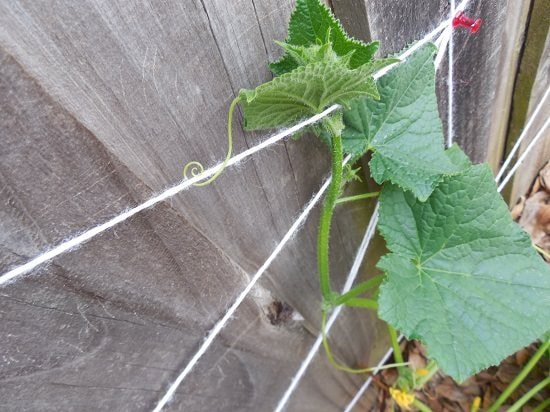If you’re a crocheter, use your dexterity to complete these excellent-looking DIY Crochet Trellis patterns for your garden!
Wooden trellises are way too common, and everyone seems to be using them a lot. But do you know what is truly unique? Having a crochet trellis in your backyard! If you love crocheting and gardening, it’s time to combine your interests and make magic!
1. Free Crochet Trellis Pattern
This DIY crochet trellis pattern is exceptional; the pattern is here.
2. Cucumber Trellis from Yarn
Your crochet yarn can save a lot of money in the garden and improve the productivity of climbing vegetables, just like this cucumber trellis here.
3. Crochet Pea Trellis
If crocheting is your favorite hobby, how about showing it in your garden by creating beautiful trellises? Take inspiration from here.
4. Budget DIY Trellis
If you crochet with twine or have leftover yarn, use it to make a trellis for your garden. The tutorial is here!
5. A-Frame Trellis
A-frame trellises are the best option not only for vining plants but also to make the fruits or vegetables easier to pick as they hang down the middle. Here is the tutorial.
6. Homemade Tomato Trellis
In case you do not have synthetic twine, try with a leftover crochet yarn, for this simple garden trellis for better tomatoes.
7. Crochet Trellis on a Raised Bed
Looking for a way to build a crochet trellis over a raised garden bed? We have got you covered. Just check the instructions here and use your choice of sturdy yarn.
8. DIY Cucumber Trellis
If you are looking for ways to tame your cucumber plants, you must check out this trellis idea.
9. Vegetable Garden Trellis
Made with recycled wood and twine (which you can actually replace for sturdy jute yarn), you can find the way how to build this vegetable garden trellis here.
So, which one of these crochet trellis ideas are you going to try? Let us know in the comments below!











